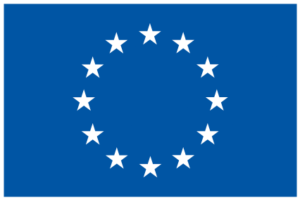Breaking Barriers for the Future of Biomethane
Legal Insights, Market Trends, and Cutting-Edge Technologies in Biomethane Production
Introduction
SEMPRE-BIO, along with other Horizon Europe-funded projects focused on biomethane production, is conducting an yearly analysis of the legal framework conditions of biomethane production and its market uptake. This includes guidelines and recommendations for policymakers, an overview of legislation related to biomethane production, its injection into the grid, the production and use of bio-LNG and bio-CO2, and certification requirements.
In this blog, you can find the barriers identified by these projects, along with the challenges and perspectives of innovative biomethane technologies within SEMPRE-BIO.
Framework
Europe has numerous regulations supporting renewable energy. However, the biogas or biomethane sector is heavily influenced by how European legal norms are applied into national legislation. For this reason, this analysis takes a broad approach, considering various national regulations associated with different projects.
Key issues identified:
- Absence of a Clear Legal Framework: Significant instability in project development due to many key aspects not being covered by existing legislation. This lack of clarity means that, at any moment, a project could fall outside the established legal framework.
- Long Permitting Process: Complicated and slow bureaucratic procedures cause significant delays and increased costs for implementing plants, as projects remain on hold for extended periods. This inefficiency in authorization processes creates uncertainty, which can discourage investors and slow down the transition to more rapid and effective biomethane production.
- Delivery Times and Bottlenecks: Unpredictable availability of critical materials and equipment leads to delays.
- Lack of Skilled Workers: Shortage of qualified professionals slows down project development and affects operational efficiency.
- Inadequate Infrastructure: Gas grids, grid injection capabilities and the number (or lack) of CNG and LNG filling stations cannot meet the growing demand. Limited grid injection points, insufficient filling stations and outdated pipelines pose major challenges to the sector’s expansion.
- Cost Increases: Rising costs across various aspects of biomethane production such as raw materials, labor, and infrastructure development, can significantly affect the financial feasibility of projects. These increases often result from supply chain disruptions, inflation, and the need for advanced technologies to improve efficiency. Higher costs can make it more difficult to secure funding and may reduce the profitability of projects.
Feedstock supply
Biogas and biomethane can be produced from various organic biomass sources, including agricultural residues, manure, organic waste, sewage sludge, and forest biomass. The focus has shifted away from production based on energy crops, as seen in Germany and Austria, to the use of residual and waste materials, in line with environmental and political objectives. The Climate Action Plan 2050 emphasizes bioenergy production from waste to avoid land-use competition, using agricultural residues like straw and manure to cut emissions, improve resource efficiency, and provide a stable renewable energy source.
In line with this shift toward waste-based bioenergy, additional measures can further enhance sustainability. One approach is to allow the use of wild plants from conservation areas for biogas production. Another key strategy is to optimize manure digestion by incorporating complementary crops such as field grass and clover.
Cost effectiveness of biomethane production
Once comprehensive data has been gathered, the EU biomethane clusters will conduct a detailed analysis of efficiency improvements, emission reductions and cost evaluations of innovative processes compared to conventional biomethane pathways.
This information will help identify which business models for biomethane can be developed in the future, considering changing framework conditions, such as increased CO2 utilization through biogas upgrading processes, advanced gasification methods, advanced anaerobic digestion processes, the use of alternative substrates, and challenges related to different types of waste and residues.
Cross-border trading in biomethane
Although this is the final point we will address, it remains one of the most important. While biogas production has grown at a steady pace in many countries, this has largely been due to national-level developments. A key piece is still missing: an efficient and fully recognized system for cross-border trade.
The completed European project REGATRACE has demonstrated that this could lead to a significant additional production and generate greenhouse gas (GHG) savings.
The first step for cross-border trading is documentation such as Guarantees of Origin (GoO) or Proof of Sustainability (PoS). These are essential for tracking gases from production to consumption and allow consumers to assign additional value when consuming these renewable energy sources. This value is transferred to the products, increasing the economic viability of producing these fuels.
Conclusion
Biomethane is a key pillar of Europe’s renewable energy strategy, but its growth is constrained by regulatory uncertainty, infrastructure gaps, and complex certification systems. Overcoming these barriers is key to expanding production and integration into the energy system.
The political goal is clear: to double biomethane production by 2030, reaching at least 35 billion cubic metres (bcm) of annual production by that year. To meet this target, it is essential to address the challenges faced by ongoing projects. Effective legislation must be developed in close collaboration with key stakeholders, who, after all, are the ones most familiar with these barriers and the realities of long-term, sustainable implementation.
If you want to learn more about the topics covered in this blog, you can access the full deliverable here.
Author: Oria Pardo
Editorial: Lucía Salinas and Laia Mencia
Date: February, 2025


This project has received funding from the European Union’s HORIZON-CL5-2021-D3-03-16 program under grant agreement No 101084297. Views and opinions expressed are however those of the author(s) only and do not necessarily reflect those of the European Union or the European Commission. Neither the European Union nor the granting authority can be held responsible for them.

